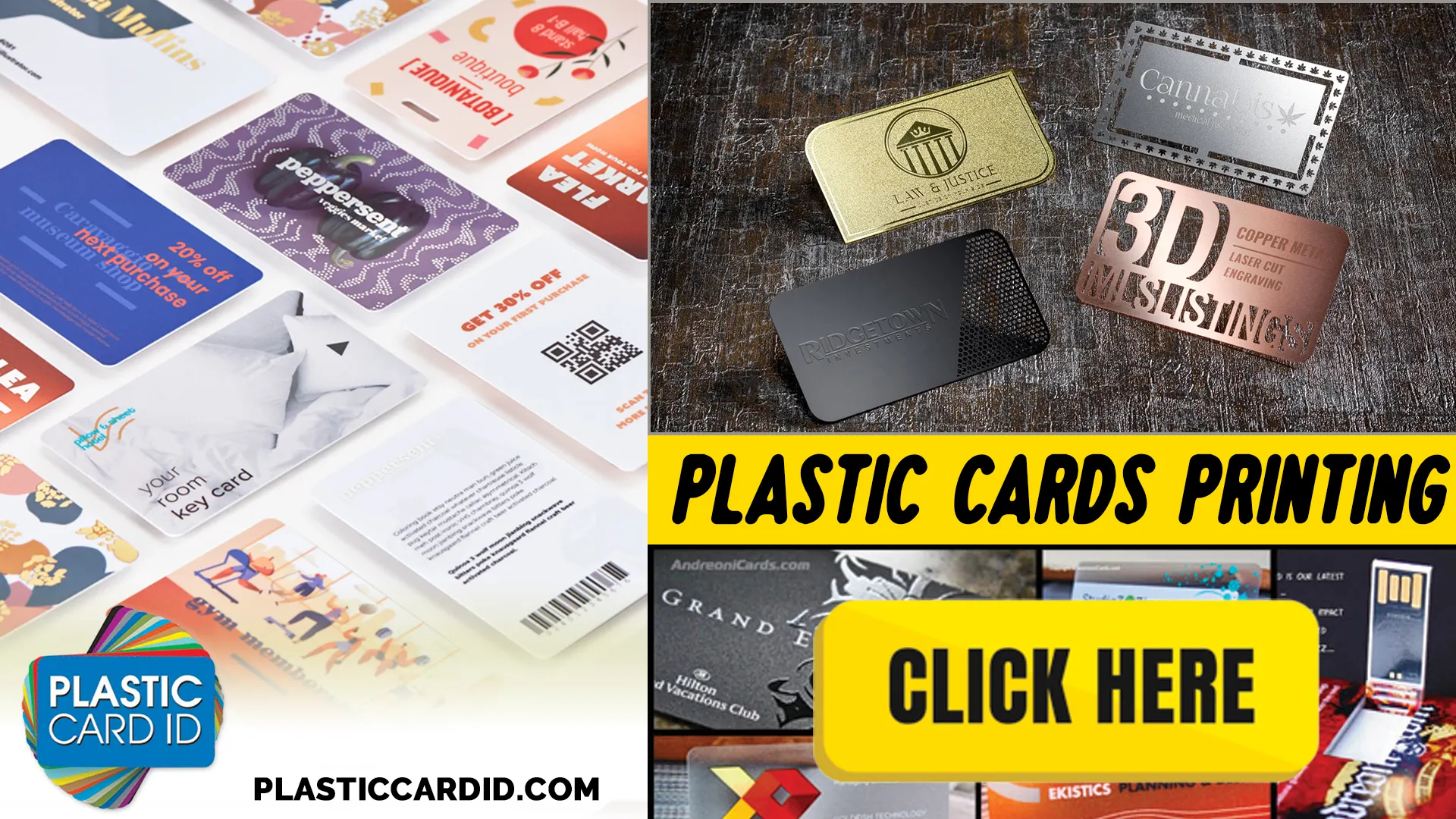Expert Tips: Handling Wear and Tear on Plastic Cards Effectively
Handling Wear Tear Plastic Cards
Plastic Card ID : Your Trusted Advisor for Maintaining Plastic Cards

Plastic cards have become an indispensable part of our daily routines, whether they are membership cards, hotel key cards, or gift cards. They are used frequently and are prone to wear and tear. Understanding the importance of keeping your plastic cards in top condition is essential for ensuring their longevity and effectiveness. In this respect, PCID provides expert advice on effective handling and care techniques. Let us show you how to preserve the visual appeal and functionality of your cards, ultimately reflecting the standards of your brand's quality and durability.
By following simple yet effective tips, you can prevent damage and retain the integrity of your cards. Not only does this save you the hassle of frequent replacements, but it also reflects a professional image to cardholders. Our tips are straightforward and can be easily applied to safeguard your plastic cards against everyday wear and tear. Get in touch with us at 800.835.7919 for comprehensive guidance or to place your order.
Please remember, while recycling plastic is an aspect of environmental responsibility, in this piece, we will focus on maintenance, with only brief mentions of basic recycling advice.
Storing Your Plastic Cards Properly
Proper storage is the first line of defense against damage. Keep your plastic cards in an environment that avoids extremes in temperature and humidity, which can cause warping, bending, and color fading. Below, we outline the best practices for storing your plastic cards:
- Avoid direct sunlight and high temperatures that can warp or bend the plastic.
- Store cards in cool, dry places to prevent humidity from affecting the integrity of the card.
- Use cardholders or sleeves to protect from scratches and dirt.
By incorporating these storage tips, you not only preserve the longevity of your cards but also maintain their crisp appearance for prolonged quality assurance.
Handling Your Cards with Care
How you handle your plastic cards can significantly influence their lifespan. Encouraging proper handling practices ensures that your cards remain flawless and operational:
- Always hold cards by the edges to minimize contact with the magnetic stripe or chip.
- Avoid bending or twisting the card as it may damage the internal circuitry or magnetic strip.
- Keep the card's surface clean by wiping gently with a soft, lint-free cloth.
Implementing conscientious handling practices safeguards against unnecessary malfunctions or physical imperfections.
Cleaning Your Cards Regularly
Regular cleaning is vital to extending the lifespan of your plastic cards. A build-up of debris can cause issues with scanning and readability. Here's how to keep your cards in pristine condition:
- Gently wipe the card's surface with a cloth moistened with water or mild soap to remove smudges and dirt.
- Avoid abrasive materials or harsh cleaners that can scratch or degrade the plastic.
- Ensure the card is dry before placing it back in a holder or wallet.
Maintaining cleanliness not only prolongs the card's life but also ensures optimal performance during use.
Get an Instant Quote
Visit PlasticCardID to get started!
Get an Instant Quote
Visit PlasticCardID to get started!
Get an Instant Quote
Visit PlasticCardID to get started!
Preserving Your Plastic Cards Amidst Daily Activities

Daily activities can subject plastic cards to a variety of risks. But worry not, PCID has compiled actionable tips to protect your cards while you're on the go. From proper handling to adept storage, remember that small precautions make a big difference. Should you require further assistance or wish to discuss your plastic card needs, don't hesitate to reach us at 800.835.7919 .
Avoiding Structural Damage
The physical integrity of plastic cards is often challenged by the way they're carried or used. To minimize potential damage, consider these suggestions:
- Refrain from using cards as tools, such as for opening doors.
- Distribute your cards evenly in a wallet to prevent warping from pressure.
- Do not stack multiple cards together without protective sleeves, as this can cause scratches.
Fostering awareness about maintaining the card's structure ensures its functionality remains intact throughout its lifespan.
Managing Exposure to Elements
Exposure to the elements is an inevitable aspect of daily use. Here's how to combat the damage they can cause:
- Keep cards dry to prevent water damage to the card's chip or magnetic stripe.
- Limit exposure to direct sunlight to avoid UV damage that can fade colors and graphics.
- When not in use, store the cards in a wallet or cardholder for additional protection.
Proactive measures to manage exposure to the elements will ensure the visual and functional standards of your cards remain high.
Recognizing Signs of Wear and Tear
Being vigilant about the early signs of wear can help you address issues before they escalate. Look for the following indicators:
- Surface scratches that may interfere with barcodes or magnetic stripes.
- Fading graphics which could suggest the card is compromised by UV light or chemicals.
- Peeling edges which might indicate excessive moisture exposure or physical mishandling.
Early detection and rectification of such issues can greatly extend the usability of your plastic cards.
All plastic cards will eventually reach the end of their life cycle. When this time comes, remember to recycle your cards responsibly. While recycling information is not the main focus here, it is still an available option when your card has served its purpose.
To sum up, the key to prolonging the life of your plastic cards lies in the everyday actions you take to maintain and protect them. By implementing the simple tips outlined by Plastic Card ID , you can ensure that your cards not only last longer but also continue to represent your brand with excellence. For personalized advice, new orders, or any other inquiries, reach out to us at 800.835.7919 . Our team is ready to help you make every card a lasting testament to your brand's quality and resilience.
Previous Page


